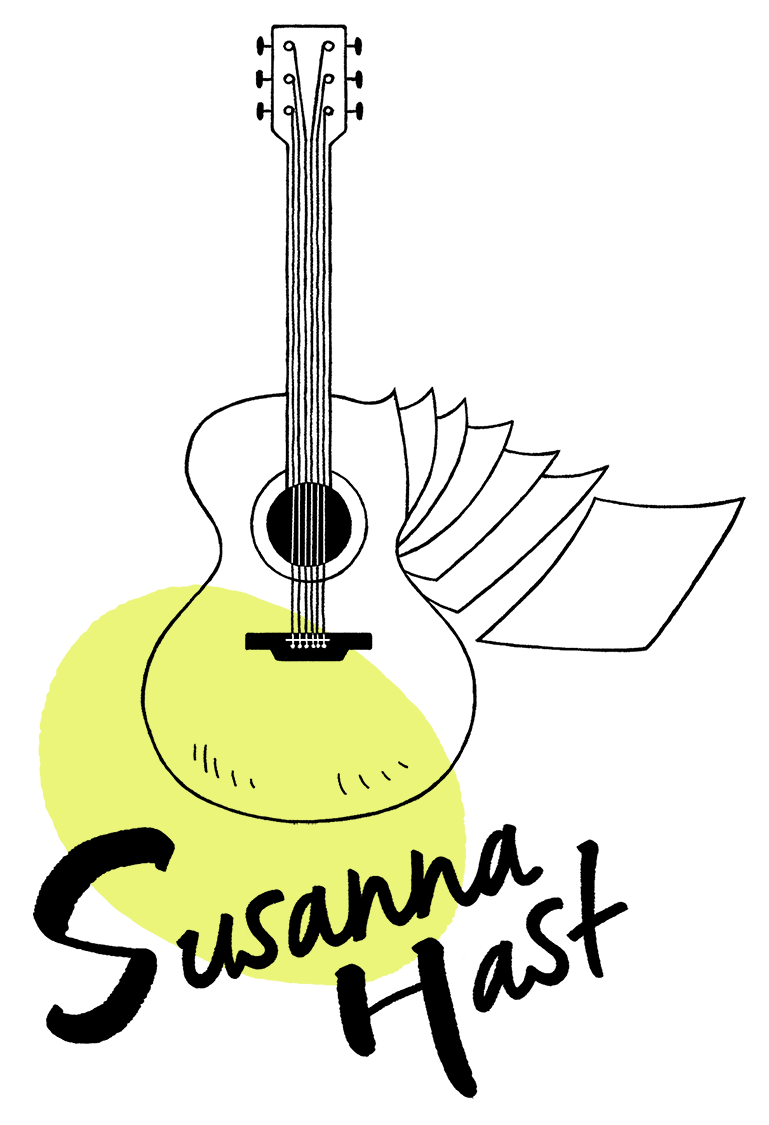
I’m 12, nearly 13. I’m midway between childhood and womanhood, on my way to horror. In a moment I’ll be nothing but flesh.
BODY OF EVIDENCE, S&S 2022
Winner of the Helsingin Sanomat Literature Prize for best Debut (2022)
Representation: Helsinki Literary Agency, rights sold to Germany (Nautilus)
The 1990s, a small village up north. A terraced house, a block of flats, a bedroom, a bathroom, a living room. A crime has been committed, but no one has called the police, no evidence is gathered, suspects are not questioned. Years later, a woman starts following traces on the fringes of her memory, so as to find the missing archival truth of what happened to her.
She needs to write out the truth in order to regain her humanity.
Susanna Hast’s intimately personal debut novel Body of Evidence shows how bodies remember things language cannot reach. It is a ferocious, fearless and dazzlingly intelligent account about the history of silencing women. Her survival takes place in the chiasm of remembering and forgetting, and the novel shakes its readers to the core.
Reviews
“The novel is an infuriating and moving masterpiece.”
– Eeva magazine
“You could describe Susanna Hast’s debut as […] startling, devastating and revolutionary.”
– Turun Sanomat newspaper
“Her beautiful and witty style gathers up a history of violence to help the protagonist understand herself. Her questioning leads her to the most painful question: why did she continue returning to her abusers?”
– Helsingin Sanomat newspaper
“A brilliant counter-document about violence in remembering and forgetting, trauma and beauty. Hast’s debut is a book that will change its readers. It examines violence in a way that is necessary post #metoo. The so-called victim is heard in the novel but in an entirely unexpected way. Body of Evidence is unforgettable, it is never half-hearted or timid. I will keep a trace of it forever.”
– Singer and author Astrid Swan
“Hast deals in large and heavy themes but ones that are universal and timeless. She knows how to overtly write about shame and guilt, which makes this an important novel.”
– Kaleva
OTHER PUBLICATIONS
Essay: My Liminal Memory, My Tongue (Entropy Magazine, 2021)
Essay: Hélène Cixous: Sisään kirjoittamiseen in Suurteoksia II ed. by Saara Turunen & Petra Maisonen (2023)
Walking with Soldiers: How I learned to stop worrying and love cadets (2020)
Falling Like a Monster, research exposition with Maryam Bagheri Nesami (2021)
Sodan pauloissa: militarismi suomalaisessa yhteiskunnassa (toim. Susanna Hast & Noora Kotilainen), Gaudeamus 2024
MORE academic publications in Academia.edu
Synopsis
Body of Evidence is an anti-memoir, a true crime story and a cultural critique. It has been compared to the writings of authors such as Maggie Nelson and Rebecca Solnit. Hast's novel braids together the silence of an abused girl, testimonials about violence from literature and popular culture as well as stories of war and soldiering.
The book is in five parts.
The first part, Place, begins with geography. In a tiny northern town, crimes are committed in rooms, on an island, in a parking lot. The crime scenes were never investigated and the truth was forgotten. Decades later a woman attempts to map the locations of atrocity and to prove that something terrible happened there. Her personality splits, and she becomes the victim, the detective and the judge of her case. She profiles the perpetrators, bags the evidence and realizes she was destroyed, and killed, even though she didn’t die.
In the second part, War, the crime detective broadens her investigation into unexpected places such as her father's memories at the Golan Heights as a UN peacekeeper, FBI agents’ theories on serial killers, war experiences from Chechnya and the conviction of a war criminal. The protagonist determines she is a soldier who sacrificed her body for her fatherland. Finally, she enters the courtroom only to discover it is not a place of justice.
The third part of the book is called Hysteria. The condition of the hysteric is the home of the protagonist. Her body is the final room of violence. She is crazy, unreliable, only fantasizing. Yet, she tries to diagnose her post-war condition and heal herself with Buddhist mantras and equine-assisted therapy. In her madness, she finds answers to why she returned to the abusers, stayed silent and stopped screaming.
In the fourth part of the book, Hole, the protagonist returns to her mother's absence and discovers an opening in her body that took in the devil's hands but also birthed two babies. She buries her father, and with him, the faces of the boys who abused her.
In the final part, Threshold, the protagonist, no longer a detective or victim, finds a liminal existence between remembering and forgetting. As a political protest, she refuses to heal and get over it. She returns to the site of the crime and remembers the past that cut her open.

